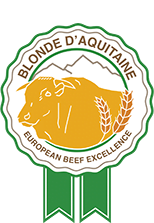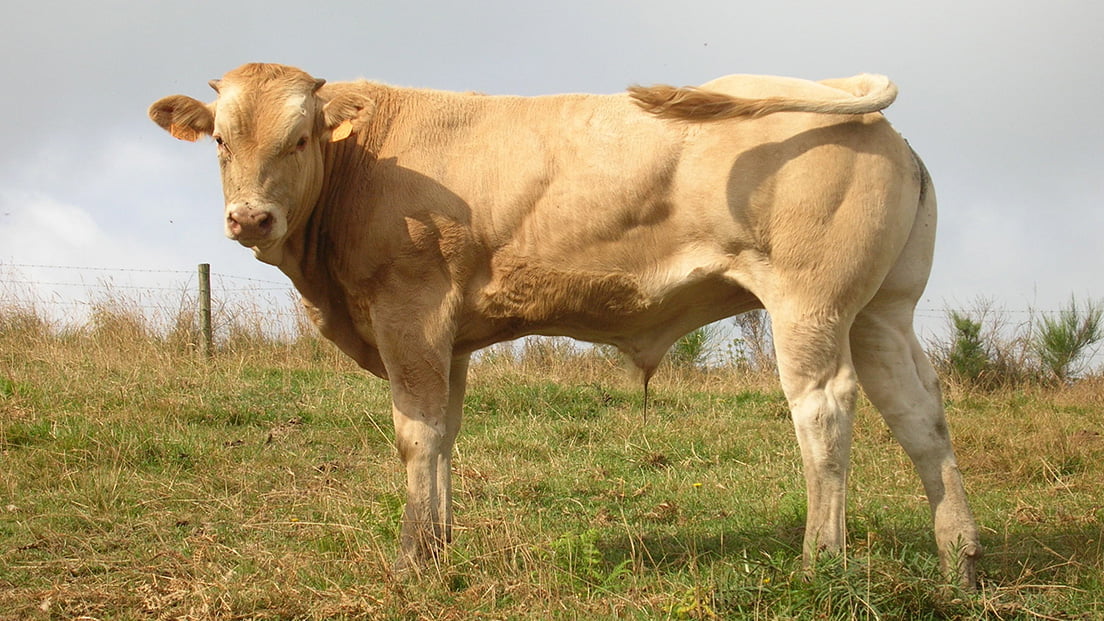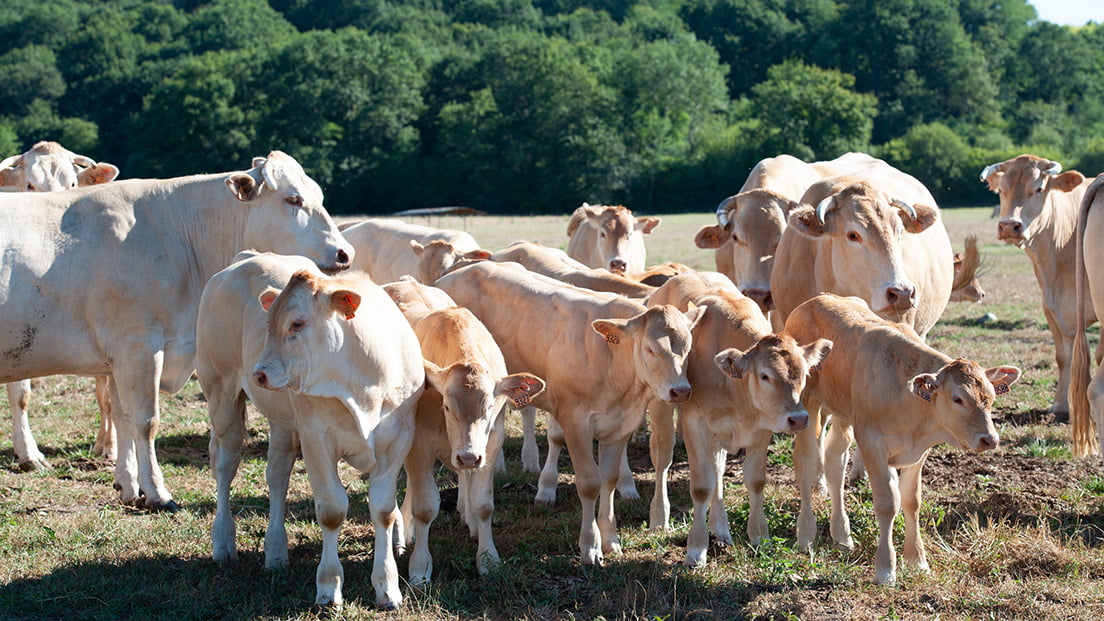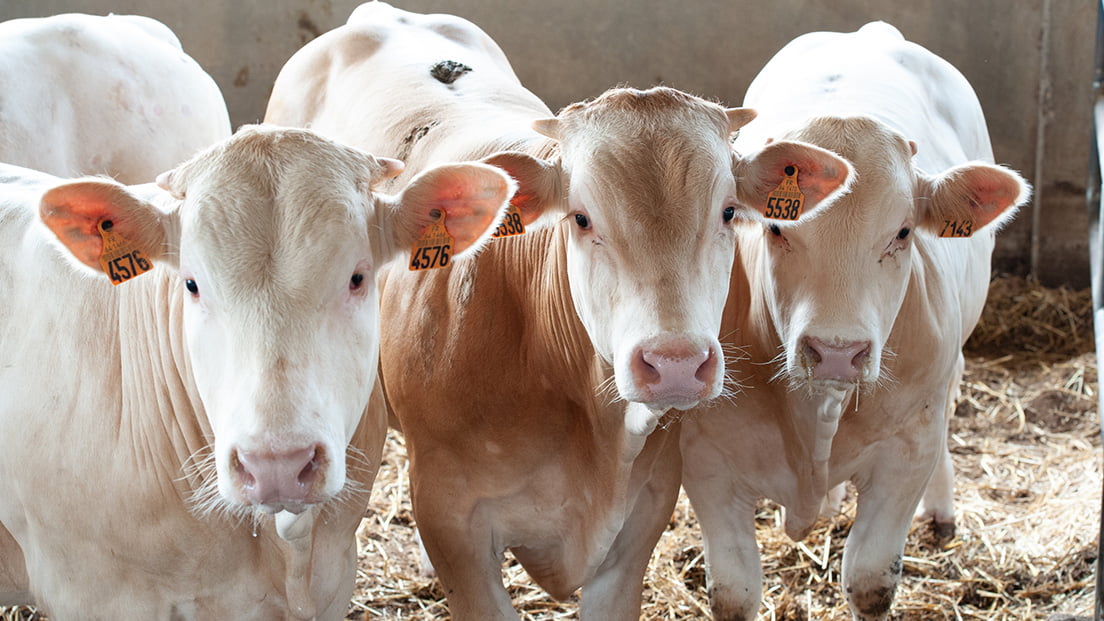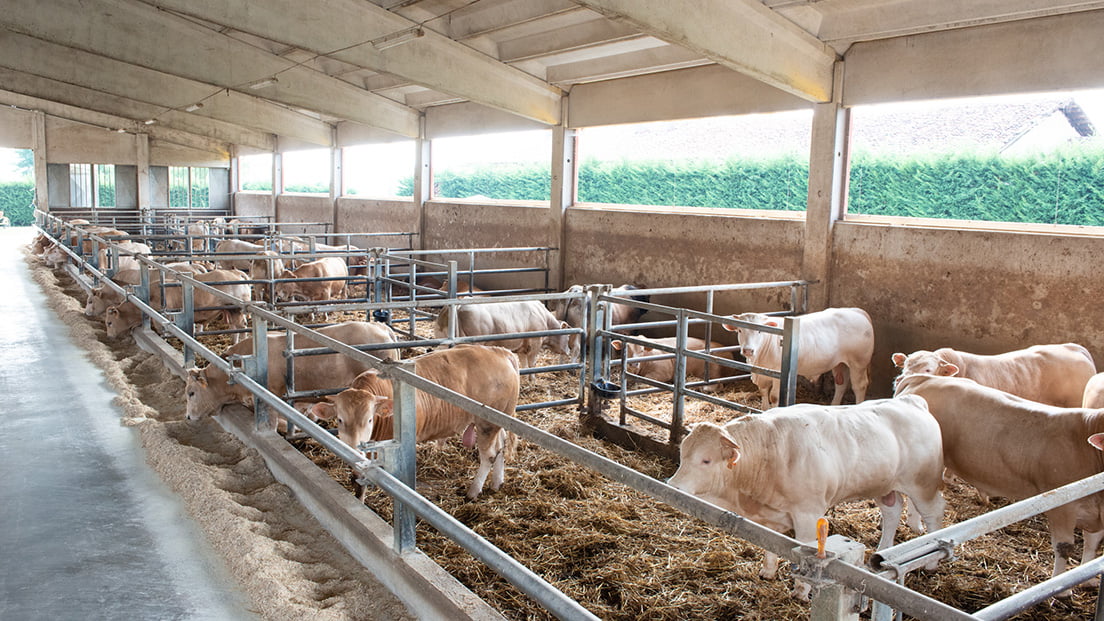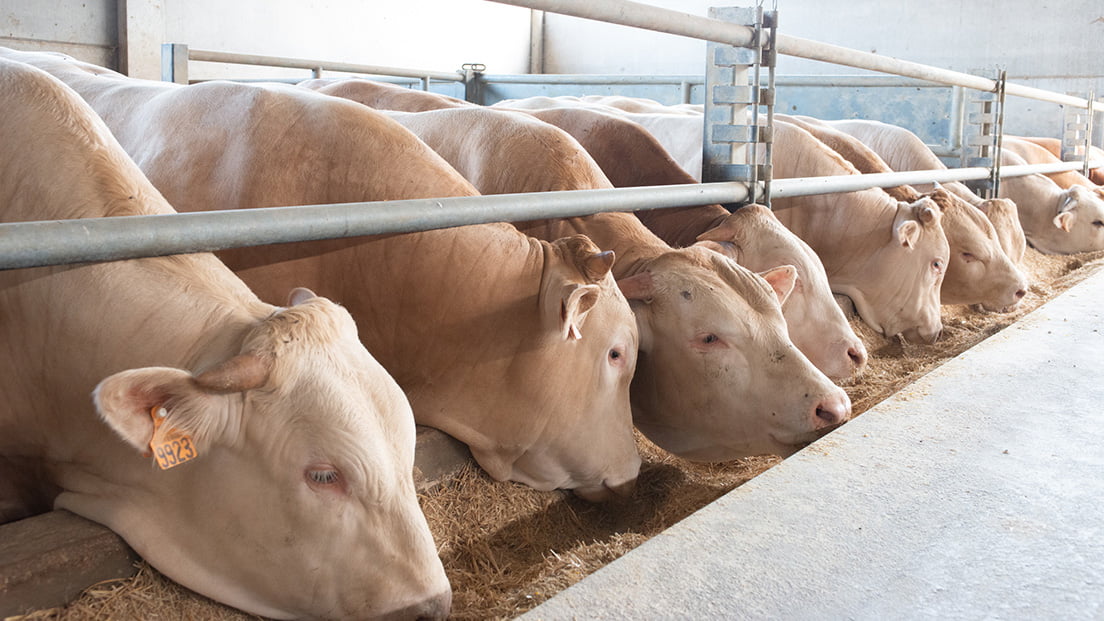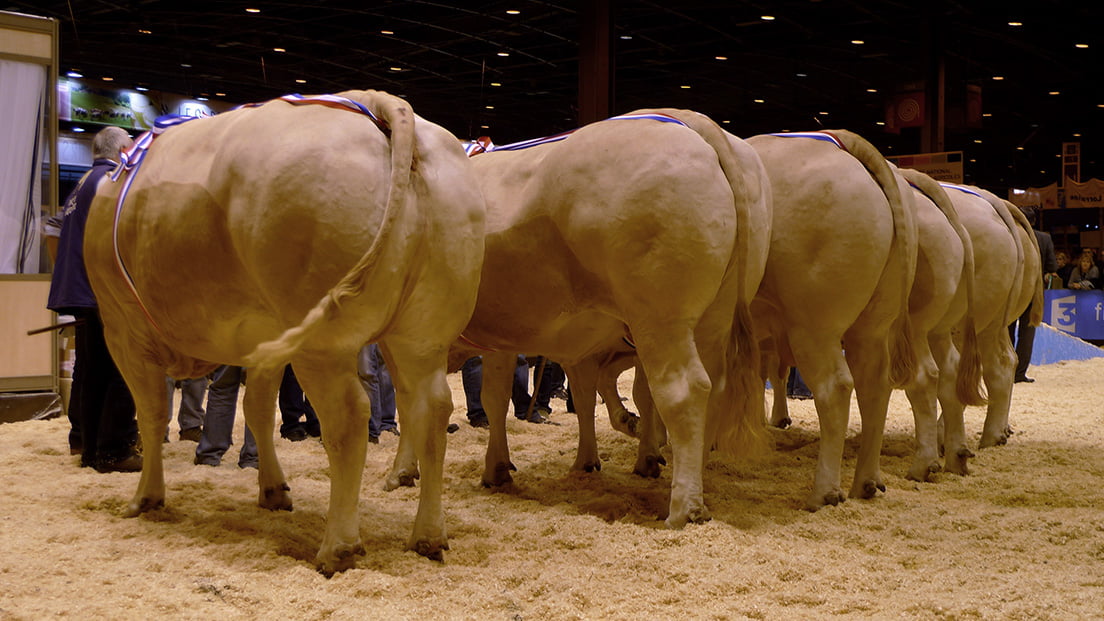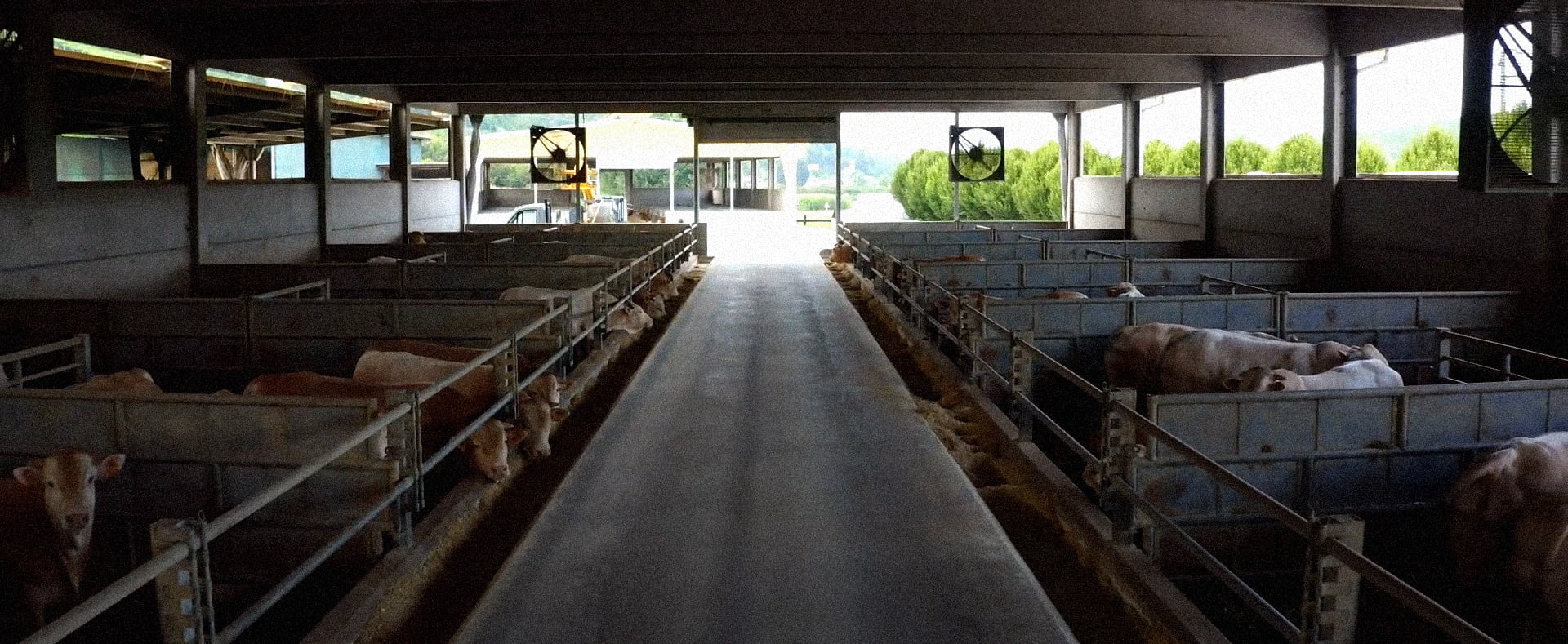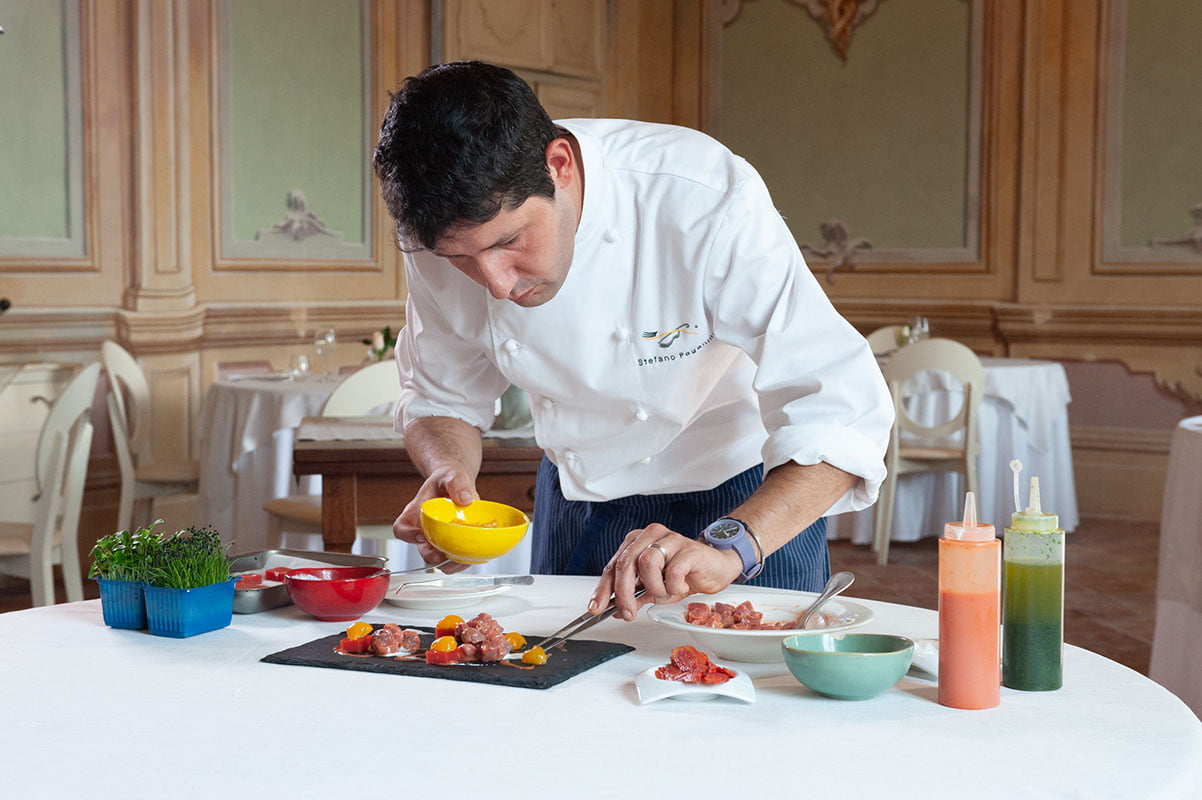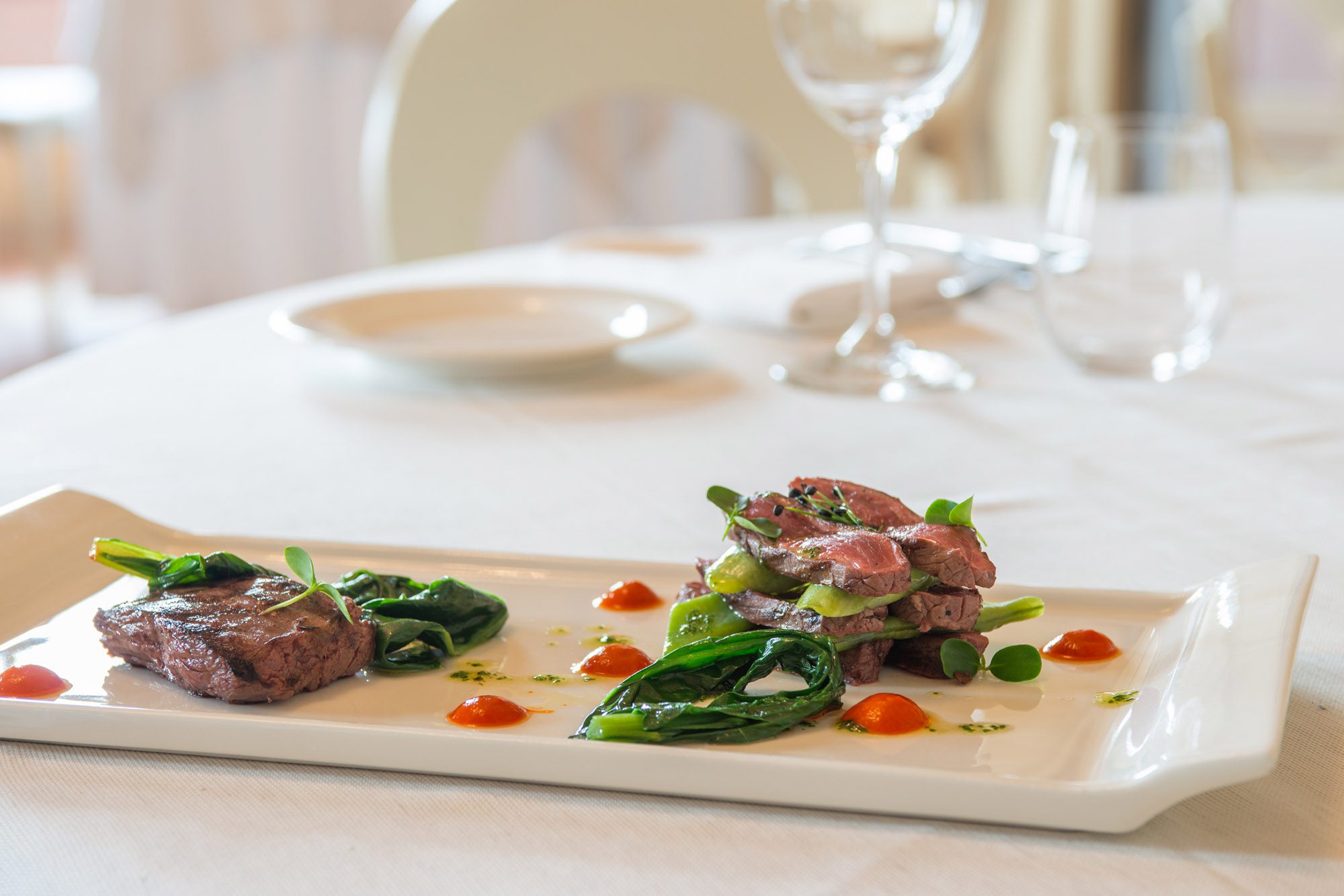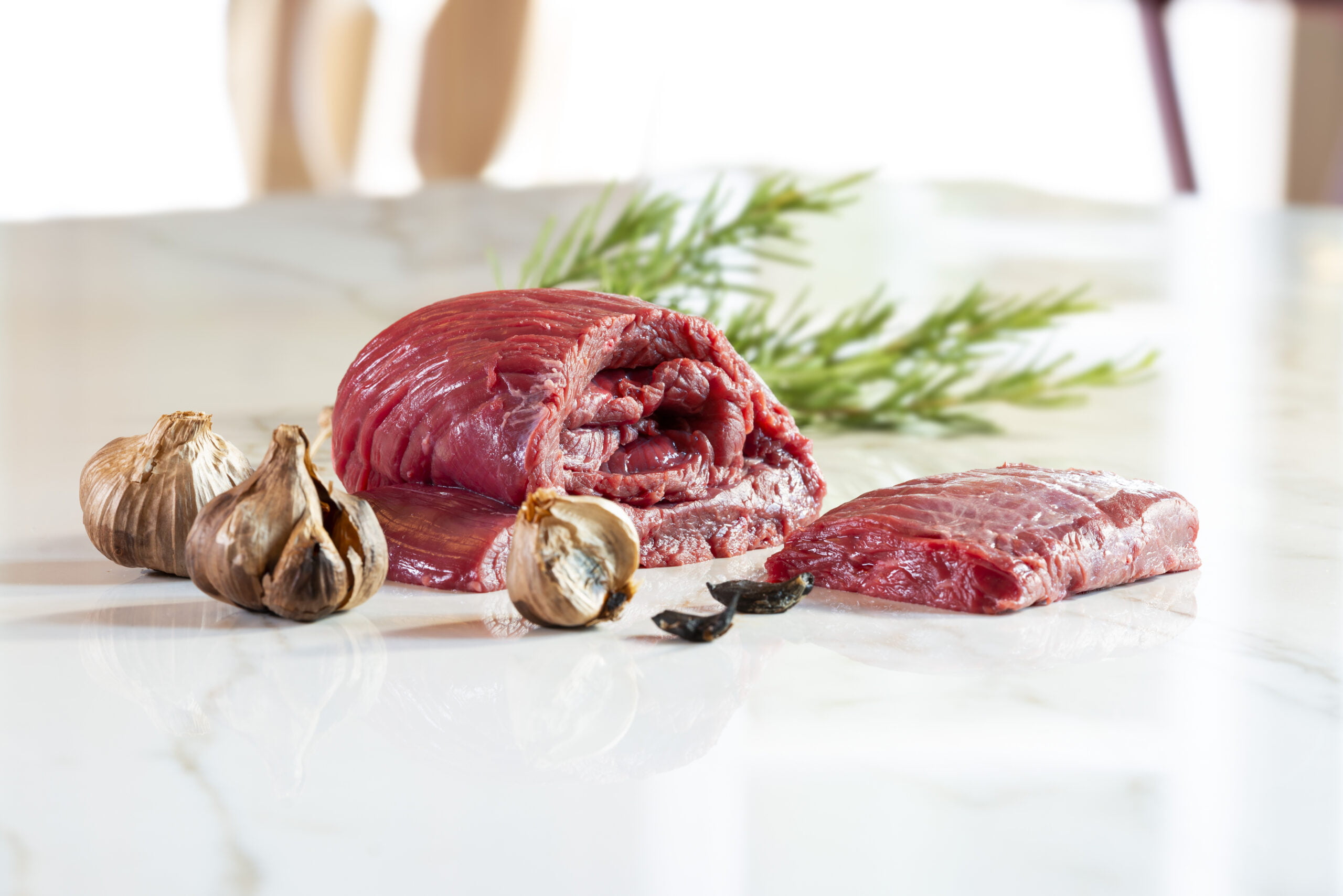The Blonde d’Aquitaine breed has been farmed in Italy since the 1960s, especially in the North and particularly in Piedmont, where over the years a whole production chain has been developed. Nowadays, the production chain comprises hundreds of producers who farm over 60.000 animals.
Farming
Animal welfare turns into quality

Top-quality meat
In Italy people normally consume meat from animals slaughtered at a young age (on average between 15 and 20 months old) and mainly from whole male carcasses. Less present are female cattle, which however play an important role because they are often sold in top-quality points of sales – the so-called meat boutiques – because of their exquisite taste.
Blonde d’Aquitaine meat is enhanced in some dishes typical of the Italian region where it is mostly consumed – Piedmont. Among the dishes that best enhance its taste we can find knife-cut tartare, roast beef, thigh steaks, and any other medium-cooked dish that doesn’t require long cooking.
Italy and France
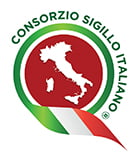
Recognised by Decree No. 828 of 28/02/2018 of the Italian Ministry of Agricultural, Food and Forestry Policies, Consorzio Sigillo Italiano is a Consortium whose aim is to promote all products obtained by adopting any production regulations approved in the frame of the National Quality Scheme applied to Zootechnics (SQNZ).
Blonde d’Aquitaine farmers participating in this project adhere to the “Vitellone e Scottona ai cereali” production regulation and are represented by Asprocarne Piemonte within the Consortium.
A strong and authoritative brand aimed at helping consumers recognise the quality of Italian farmers’ produce. The Consorzio Sigillo Italiano label represents an absolute guarantee of the product’s origin and the quality.
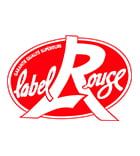
In France there are of course many “Labels Rouges” which highlight the excellence of Blonde d’Aquitaine meat while meeting the needs of very strict production specifications. Indeed, there are two main types of labels giving further value to the Blonde d’Aquitaine:
- National labels such as Bœuf Blond d’Aquitaine or la Blonde de nos Prés;
- Local labels – for instance Bœuf de Chalosse, Bœuf de Bazas, Bœuf fermier de Vendée – where the Blonde d’Aquitaine stands as one of many other available breeds.
The ambition of public authorities and beef sector professionals is to significantly develop the Labels Rouges in the near future so as to better meet consumers’ needs in terms of product quality and animal well-being, all while highlighting farmers’ hard work.
Organoleptic characteristics
Blonde d’Aquitaine meat is praised by both professionals and less-informed consumers for its exceptional natural tenderness, a characteristic which makes it a unique and popular meat.
Other specific traits of Blonde d’Aquitaine meat are the fineness of its muscular tissue and its low level of fat content which make it a dietary product without altering its gustatory qualities.
In France, consumers traditionally prefer meat from female cattle, particularly from cull cows which have undergone a long fattening and finishing process once their reproductive career is over.
Every year between 90.000 and 100.000 Blonde d’Aquitaine cows destined for the domestic market are slaughtered in France.
The majority of these high-end meat products are enhanced in traditional butchers’ shops and in traditional departments of supermarkets and hypermarkets, where they are sold in cuts under official quality marks or specific labels. Therefore, consumers purchase high-quality cuts to be braised or roasted, such as filets, tenderloins, T-bone steaks, sirloin steaks, rump steaks, entrecote steaks, and flank steaks, and they taste them with their family, their friends, or during festivities.
Thanks to its physical structure and its specificities, the Blonde d’Aquitaine, a large-format meat breed with premium performances, makes possible to have such a wide array of cuts – especially high-quality ones, provided one can process its meat professionally.
In other words, the Blonde d’Aquitaine is a naturally tender and generous cattle breed.
